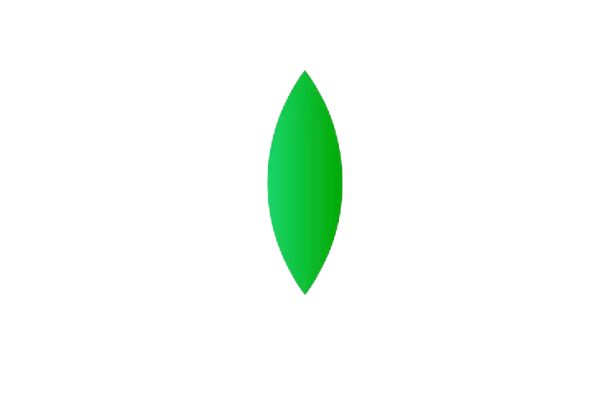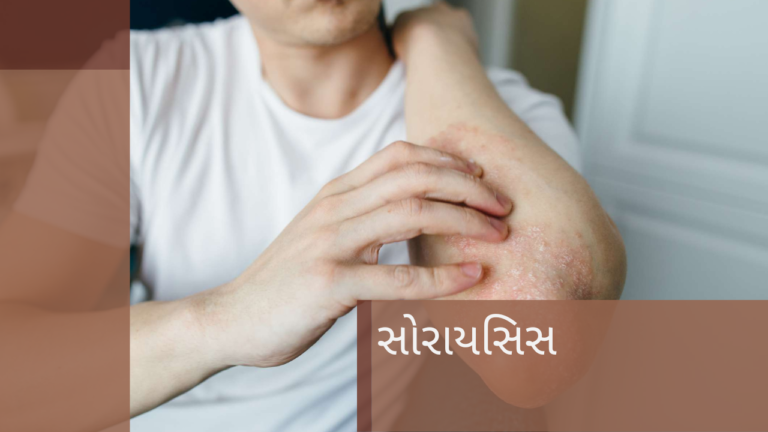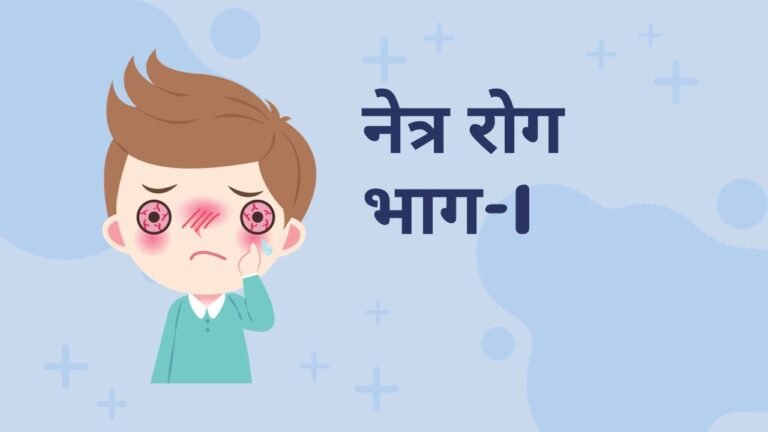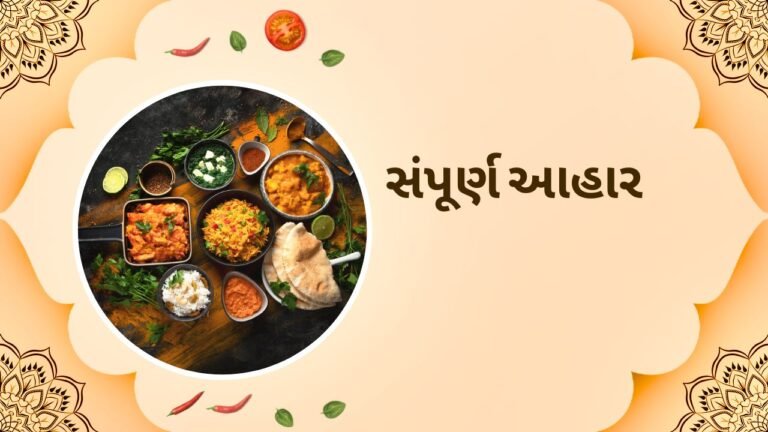MASSAGE: BENEFITS, METHODS, TYPES
Another Naturopathic practice that is very important for preserving good health is massage. Massage involves applying pressure to the body and manipulating it with tension, motion, or vibration, either manually or with the help of machinery. This pressure can be structured, unstructured, stationary, or moving.
Physiological Effects of Massage
- Reflex Actions (responses mediated by the nervous system)
- The widening of arteries
- Encouragement of peristalsis (aids in digestion)
- Muscle tone changes either way
- Increases the abdominal cavity’s organ activity
- This causes the relaxation response to occur.
- Calming or energizing effects on the muscles
- Stimulates the heart, increasing contraction force and speed
- Increases immune system effectiveness.


Mechanical Effects (responses resulting from directly applied manual pressure)
- A higher venous return
- Lymphatic drainage and increased lymphatic flow
- Vascular effectiveness
- Mucus loosening (respiratory system)
- Dissolution of adhesions/fibrosis
- To lengthen shortened muscles and to loosen muscle fibers.
- Muscle temperature increase
- Localized increase in metabolic rate and gas exchange
- Scar tissue is stretched
- Increased range of motion Decreased/increased muscle tone
- Reestablishing healthy joint biomechanics
- Removal of muscular imbalances
- Build up weakened muscles
BENEFITS OF MASSAGE
The general massage, which covers every part of the body, has numerous advantages. It strengthens the nervous system, affects respiration, and speeds up the body’s various elimination systems, including the lungs, skin, kidneys, and bowels, for the removal of toxins and waste. Additionally, it enhances metabolic and blood circulation processes. A massage reduces facial wrinkles, fills in hollow cheeks and the neck, and relieves numbness, stiffness, and sore muscles.
The advantages of massage include pain relief, decreased trait anxiety and depression, as well as momentarily lowered blood pressure, heart rate, and state anxiety, according to peer-reviewed medical research. A well-designed clinical study is still needed to confirm these effects, but theories about what massage might do include blocking nociception (gate control theory), activating the parasympathetic nervous system, which may stimulate the release of endorphins and serotonin, preventing fibrosis or scar tissue, increasing the flow of lymph, and improving sleep.
METHODS
- The seven basic manipulation techniques used in massage.
- Touch,
- Effleurage (stroking),
- Friction (rubbing),
- Petrissage (kneading),
- Tapotement (percussion),
- Vibration (shaking or trembling),
- Joint movement.
- Movements vary depending on the disease state and the parts used.

TYPES OF MASSAGE
.

RELAXATION MASSAGE: This kind of massage aids in complete relaxation. It is very beneficial for relaxing the muscles in the neck, shoulders, upper, and lower back that are tense from prolonged stress, anxiety, and other related symptoms. The relaxation massage includes fluid, flowing strokes that are achieved by the massage therapist applying different pressures and hand movements.
The therapeutic goal of a relaxation massage is to increase a person’s overall comfort and relaxation. This kind of massage is used to relieve physical and mental body tension. As it aids in the body’s release of endorphins and serotonin, this type of massage is very well-liked among people who experience high levels of emotional stress or anxiety as well as those who simply want to benefit from massage’s relaxing effects in general.
DEEP TISSUE MASSAGE: The main goal of deep tissue massage is to relieve extreme tension in the muscles, connective tissues, and fascia, the soft tissue that makes up connective tissue. In terms of muscles targeted, a deep tissue massage differs from a relaxation massage in that it concentrates on the muscles directly beneath the skin while a relaxation massage targets the muscles underneath the top surface muscles.
In addition, a deep tissue massage is also performed using slower manual strokes with continuous, deeper pressure on the muscles that either follow or cross the muscle and tendon fibers. This kind of manipulation aids in separating and getting rid of scar tissue.
People who request a deep tissue massage frequently have chronic pain or engage in strenuous physical activity, such as athletes or people with physical injuries. One massage session is frequently insufficient to experience the long-lasting therapeutic effects of this type of treatment because it frequently calls for more intense pressure in order to relieve chronic muscle tension. An integrated programme that combines physical exercise, posture correction, movements, stretches, use of relaxation techniques, and a continuous, regular massage programme is the best way to undo chronic muscular knots or tension.
AROMATHERAPY MASSAGE: The aromatherapy massage treatment provides a soothing massage along with therapeutic essential oils that primarily support physical and mental relaxation. Additionally, the aroma aids in general healing and well-being. It is important to distinguish aromatherapy oils from fragrance or perfume oils. Chemicals are frequently used in the production of fragrances, which lack the therapeutic properties of essential oils. These carrier oils, like sweet almond, apricot kernel, or grape seed oil, are frequently combined with these essential oils when they are used in aromatherapy. These volatile essential oils are highly concentrated plant extracts that are typically derived from leaves, bark, seeds, roots, resins, and flowers. The muscular, circulatory, lymphatic, and nervous systems are particularly susceptible to the therapeutic use of essential oils. People who have acute or chronic conditions, digestive issues, hormonal imbalances, menopause or menstrual problems, physical or sports injuries, for prevention or maintenance therapy, skin issues, sleeping disorders, and stress-related symptoms can benefit from aromatherapy massages. Additionally, this kind of massage can benefit those who are experiencing headaches, a slowed metabolism, or colds or the flu.
HOT STONE MASSAGE: Smooth stones that help the therapist during the massage are used in the hot stone massage, which is an alternative to the conventional relaxation massage. These basalt stones have a natural smoothness to them. This kind of stone has a high iron content and has a longer heat-retention capacity.
Before a massage, the stones are heated in hot water. To restore the balance of the body and mind, stones may be positioned on the body at specific locations that are thought to be its energy centers. The back, the palms, and the space in between the toes are common locations for these specific points.
To ensure that the stones can move easily along the skin and muscles during this massage, the therapist frequently starts by applying oils. The stones are now used as a tool for massaging muscles that need softer pressure. The muscles beneath the skin relax when hot stones are applied, enabling therapists to apply deeper pressure with either the stones or just their hands. This kind of massage is extremely effective at reducing blood pressure and calming the nervous system. The restoration of the body’s natural balance, the encouragement of deep muscle relaxation, the stimulation of the circulatory system, and the experience of warmth and comfort within the body are additional advantages of receiving a hot stone massage. Numerous common medical conditions, such as muscular pain, back pain, osteoarthritis, arthritis, insomnia, stress, and fibromyalgia, have also been treated with hot stone massages.
INTERVALS
- A morning empty stomach in open air under the sun once a month.
- At intersection do not take massage if feverish, weak or if any infection.
- Food to be intake after 2 hours of massage consumption of liquid is ok.
EXERCISE
Exercise in NATUROPATHY is essential for the maintenance of normal condition of life. Lack of natural exercise is one of the principal causes of weakness and ill health. In recent years, the requirement for exercise has been recognised even in sickness. Exercises are now standard procedures in medicine to refurbish the use of muscles and nerves that have been injured by disease or by accident.


ACTIVITY AND EXERCISE
It’s important to distinguish between activity and exercise. Both are necessary because they involve necessary physical movement, but their degrees and advantages vary. Both engage in voluntary movement of the body. The body is only minimally used during activity, and it usually serves a specific purpose. Exercise makes use of the body in its broadest range of motion with the specific goal of preserving or improving joint flexibility and muscle control. Once a routine has been established, activity often requires less conscious effort as well as physical effort. Exercise requires a significant physical effort and is more beneficial because it also requires mental focus. However, naturopaths always recommend moderation and patients need to practice slowly and start with around 15 – 20 minutes of meditation before increasing the span. Yoga stimulates all the essential organs of the body. Stretching exercises in treatment of naturopathy is the fact that even old and feeble people can perform these workouts.
METHODS OF EXERCISE
A number of systems of exercise have been developed over years. The Swedish system and yoga asanas, which have been practised in India since ancient times, are the two most popular. The moderate to vigorous posture exercises, meditation, and pranayama breathing techniques that are part of this traditional Indian healing method. Both young and old patients practise meditation as a vital component of nature cure therapies. Meditation has been found to be very beneficial for overall health, even when practised briefly. Naturopaths advise patients to meditate in a quiet, peaceful setting, ideally in the middle of nature. Especially when they are fasting, this helps the mind and body regain positive energy. There are no negative effects to meditation, even when done for extended periods of time. These support the body’s glands in regaining their health and enabling optimal function.
All of the hormone levels that are necessary for the proper operation of the sufferers’ bodies and minds are in proper balance. Regardless of the system one chooses, the exercises need to be carried out methodically, regularly, and with the right instruction. Exercise must be performed in a way that naturally engages all of the body’s muscles if it is to be truly functional. Treatments using naturopathy also include stretches. Both the body’s flexibility and the mind’s state of calmness can be improved by these. These can help patients move more freely when they are regularly practised. Relaxed and repaired are the muscles and nerves. It is possible to increase the body’s overall metabolism, which aids in the removal of toxins and mucus and enhances mental health in general. Another such exercise is walking. But because it has such a gentle character, it takes a lot of brisk walking to add up to a reasonable amount of exercise.
Swimming, cycling, horseback riding, tennis, and other sports are also beneficial forms of exercise. In terms of musculoskeletal disorders, cardiac rehabilitation, cardio-vascular disorders, endocrine disorders, digestive issues, gynecological disorders, and lifestyle disorders, all those exercises have high success rates.

BENEFITS
Regular, properly executed exercise can result in the body using food more frequently, which promotes health and fitness. If the exercise programme is not too challenging, the basal metabolic rate and normal body temperature will gradually increase over course of several weeks. The average healthy person usually radiates warmth and has a lot of body heat. Regular, progressive physical activity can help to balance the automatic, or involuntary, nervous system. Exercise helps prevent or lessen gravitational ptosis, also known as sag.








